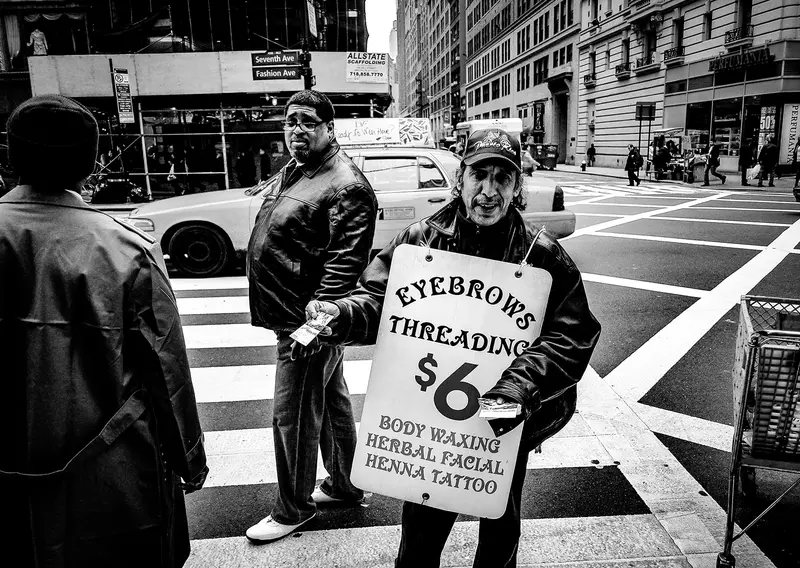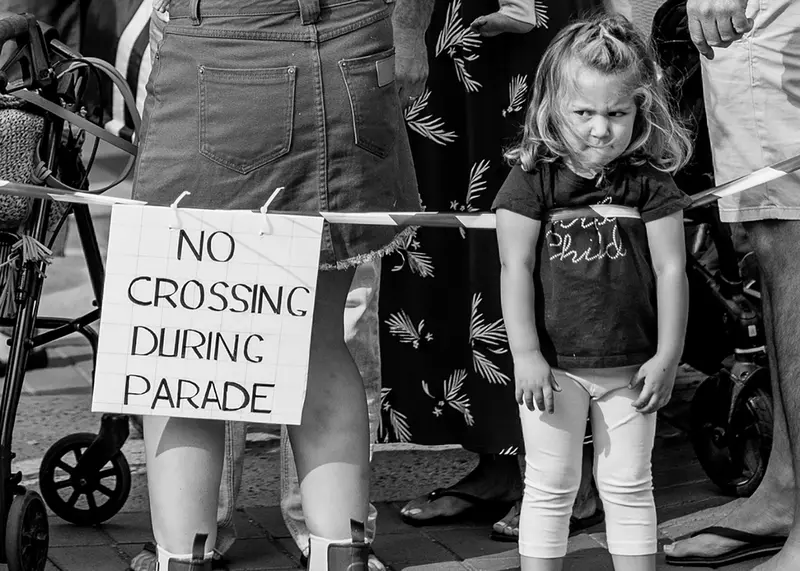Impulsive and compulsive behaviour: Pete's photography obsession
Pete, who has Parkinson's, describes how he became ‘addicted’ to photography as a side effect of his medication.
I’d had a tremor in my hand for about 6 years before I was diagnosed with Parkinson’s. Shortly after, I was given rotigotine skin patches. These are a type of dopamine agonist to manage my symptoms.
After my diagnosis, my wife Linda and I went to New York for a holiday, and I decided to buy a camera. I had no real interest in photography before that other than holiday snaps – and very poor ones at that.
But as a retired police officer I found myself having a natural eye for spotting detail and interesting characters. There was definitely no shortage of them in New York.
Looking for the shot
Very quickly, I became fixated with photography. Every waking hour of my life was devoted to looking at the light, the dark, the scenic, the ugly. I was always looking for ‘the' shot.
I would wake up in the middle of the night and think, ‘I bet there’ll be a beautiful sunrise in London this morning’. I’d get in my car and drive all the way there at 3am from Essex. It didn’t matter what the weather was like.
I would take all of my gear with me anywhere. On one occasion I had so much equipment around my neck that I lost my balance and knocked myself unconscious. I was taken to A&E by ambulance.
I also broke a leg whilst on holiday in New Zealand. Again, this was due to thinking more about the shot than looking where I was treading.
I didn’t realise how much it was affecting my relationship with my wife and my friends and family.
Separate holidays
I spent thousands on cameras and lenses, and filled large hard drives with photographs. My photography hobby seemed normal to me. I had an interest that got me out of the house, and kept me fit and sane (or so I thought).
I didn’t realise how much it was affecting my relationship with Linda and my friends and family. On one occasion, Linda and I went on holiday to New York and we stayed in separate hotels so I could focus on my photography.
The fixation upset her and we would row about it occasionally.
Getting answers
Then my leg and foot swelled up. I was worried and spoke to my doctor. Eventually they recognised it was because of the patches and I stopped using them.
Almost overnight, my photography obsession ended too - my behaviour was a side effect of the medication.
I still maintain an interest in photography but it doesn’t take charge of my life. I control it – it doesn’t control me.
I didn’t waste all that I’d learned and spent money on either. I've had an exhibition, I sell my work all over the world and have been featured in national magazines and newspapers. I was also interviewed by Street Photographer Magazine in the USA.
Parkinson’s gave me photography and of course, its progress may try to take it away from me. But so far it hasn’t succeeded.



Impulsive and compulsive behaviour
The medical term for what Pete was experiencing is impulsive and compulsive behaviour. It can be a side effect of Parkinson’s medications, in particular dopamine agonists. These include ropinirole and rotigotine.
Not everyone who takes Parkinson’s medication will experience impulsive and compulsive behaviours. These side effects should not put you off taking your medication to control your symptoms.
If you think you or someone you care for is experiencing these behaviours, it’s important to seek medical advice from your specialist or Parkinson’s nurse. Asking them to make changes to your medication regime or adjust the dose is the easiest way to control them.

